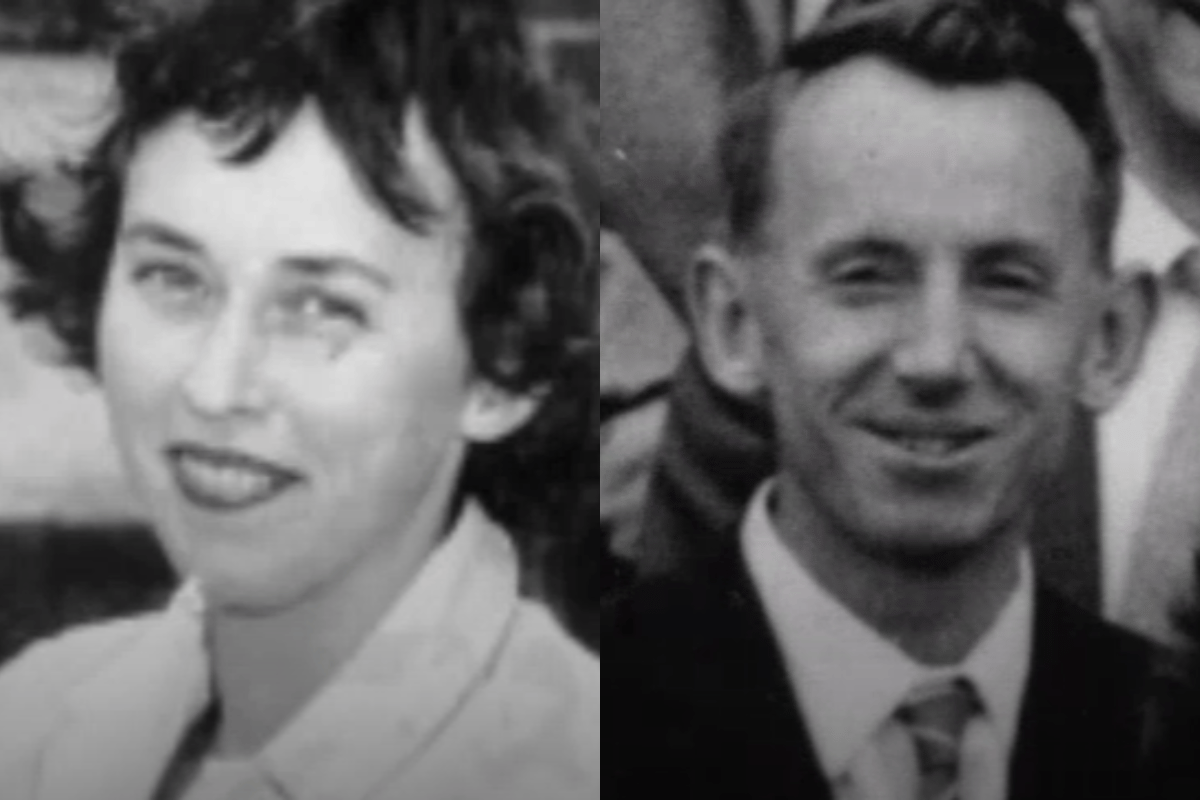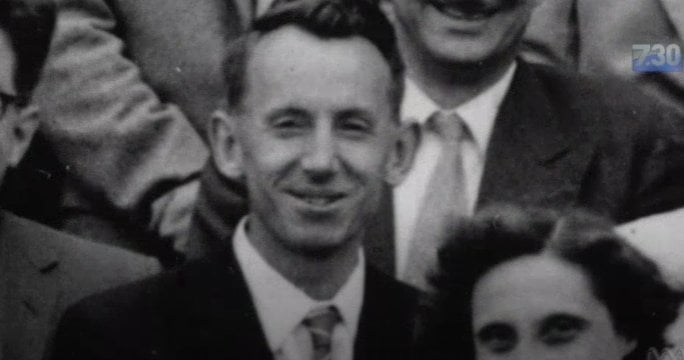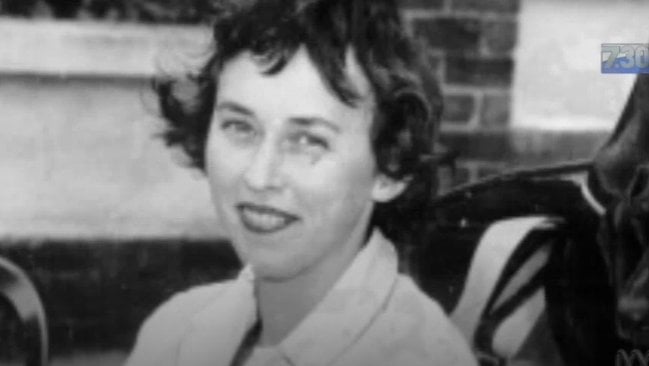
In the wee hours of the morning on New Year's Day in 1963, Margaret Chandler and Dr Gilbert Bogle snuck away from a high-society party in Sydney.
The pair were both married to other people and had only met 12 days earlier.
Chandler was a mother-of-two and wife to CSIRO scientific photographer Geoffrey Chandler, who worked with Dr Bogle – a respected physicist and father.
Aware of his wife's attraction to his co-worker, Geoffrey left the party in Chatswood to spend time with another woman he was seeing on the side.
At around 4am, Chandler and Dr Bogle also left the party, driving to the Lane Cove River, where they made their way towards a narrow dirt track on the riverbank - a secluded spot known locally as 'lovers' lane'.
Hours later, the pair were found dead, half-naked and metres away from each other. The mystery of their demise quickly become front page news, and in the decades since, have been the subject of podcasts, books and a film.
The mystery has endured for the past 60 years.
The discovery of Dr Gilbert Bogle and Margaret Chandler's bodies.
Hours after Bogle and Chandler left the New Year's Eve party, two boys out walking near the river stumbled upon Dr Bogle lying face-down on the ground.
The boys, who were out looking for golf balls, thought the man was drunk after a night of New Year's Eve festivities so left him and walked on. But when they returned an hour and a half later, they noticed Dr Bogle's face had turned purple and quickly alerted the police.

